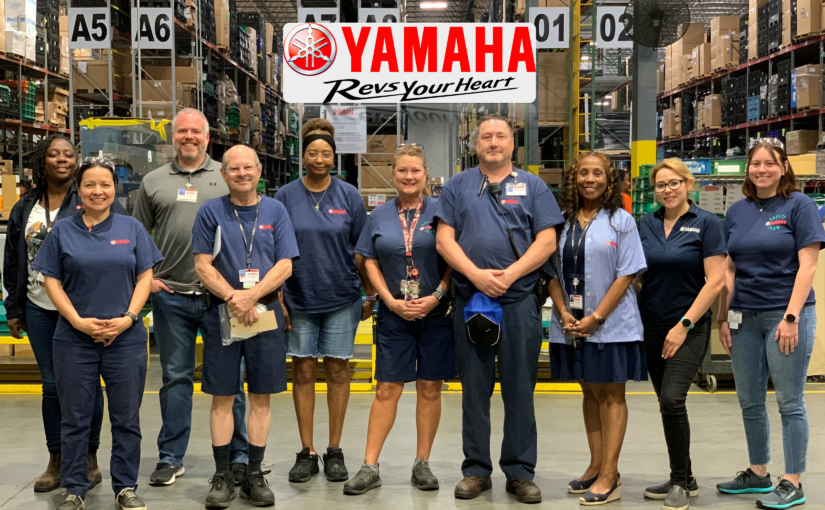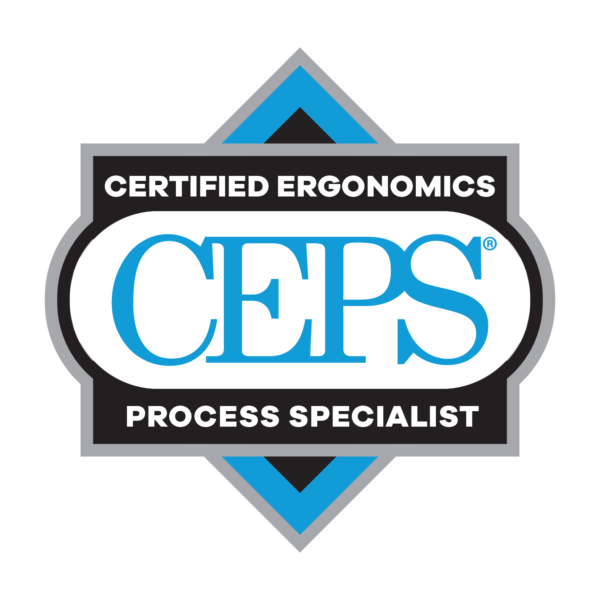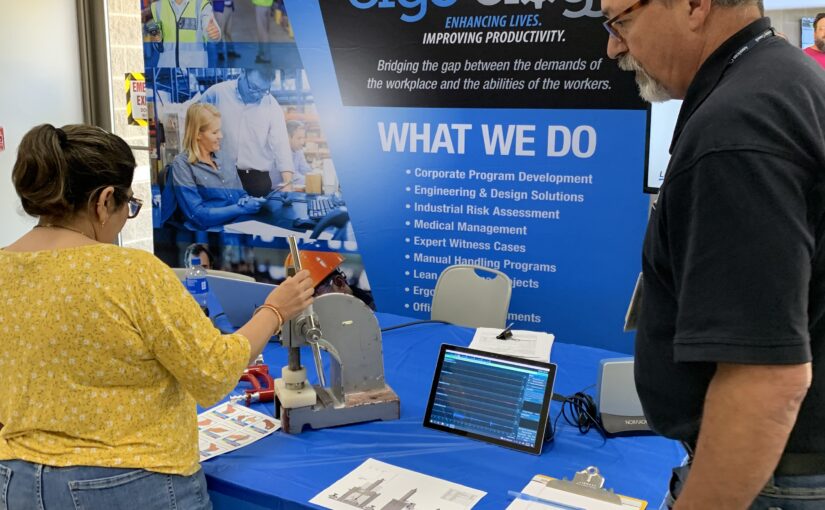Being able to measure the elements that induce fatigue in athletes is imperative if health care professionals are to provide proper guidance to those performing in the fields of sports and industry. Though both sectors have similar goals—to maximize performance while avoiding performance and workplace risk—the approaches they take to measuring these elements differ from the baseball diamond to the industrial workplace. In addition, the actions health professionals take based on their measurements further underscore the differences between amateur/professional athletes and “industrial athletes.”
In the article The Industrial Athlete: Professional Support, we discussed how an ergonomist focuses on reducing stressful workplace demands as a means of boosting productivity and lowering the risk of injury rather than increasing the overall fitness of the employees in their care. Remember, “industrial athletes” may be provided incentives to adopt a healthy lifestyle, but, ultimately, they have the freedom to make their own lifestyle choices.
In much the same manner, ergonomists also determine the level of stress on employees by assessing the workplace. This entails taking measurements based on the requirements of the task. These measurements are not used to assess athletic capability, but rather the effects on the employee. Ergonomists measure the elements that are required to complete the task. Specifically, the measurements involving the postures employees must choose to perform the task—standing, sitting, crouching, bending, reaching, etc., — the number of movements and repetitions the task requires, and the overall forces the employee must apply to perform the task.
The ergonomist then modifies the task to increase employee efficiency while mitigating the overall level of stress.
In sports, health care professionals continue to focus on the athlete, rather than on the environment, which neither they nor their athletes can control. Unlike risk assessments, which measure the level of risk in a specific task, health care professionals in sports have the ability to measure the collective level of stress an athlete experiences daily, monthly and even quarterly. This “collection of stress” or “stress volume” can include the game itself, weight room activity, both active and passive recovery time, and then the physical stress an athlete experiences during “free time.” Incidentally, many, if not most, athletic contracts forbid athletes from swimming or playing basketball during their free time to avoid an unnecessary “collection of stress” that might affect performance during training or on game days.
To conclude this section on quantifying fatigue, we can see that health professionals focus their attention on the areas they can control. For the strength and conditioning coach, it’s the athlete’s overall physical condition. For the ergonomist, it’s the workplace environment. That’s not to say that health care professionals in sports and industry can’t benefit from sharing their techniques with each other.
In the next installment in our series, we’ll look at a few techniques that have been “cross-pollinated” and proven to be successful on the playing field and the industrial setting. Stay tuned.

Yamaha leaned into Ergo-ology’s ELP® (ergonomics leadership program) at the start of 2022 with hopes of engaging employees, developing a Read more

We are pleased to announce the United States of America has granted Ergo-ology permissions to certify in #ergonomics with the Read more

Employees complete tasks, many of which require physical labor, every day. These actions range from sitting in a chair to Read more